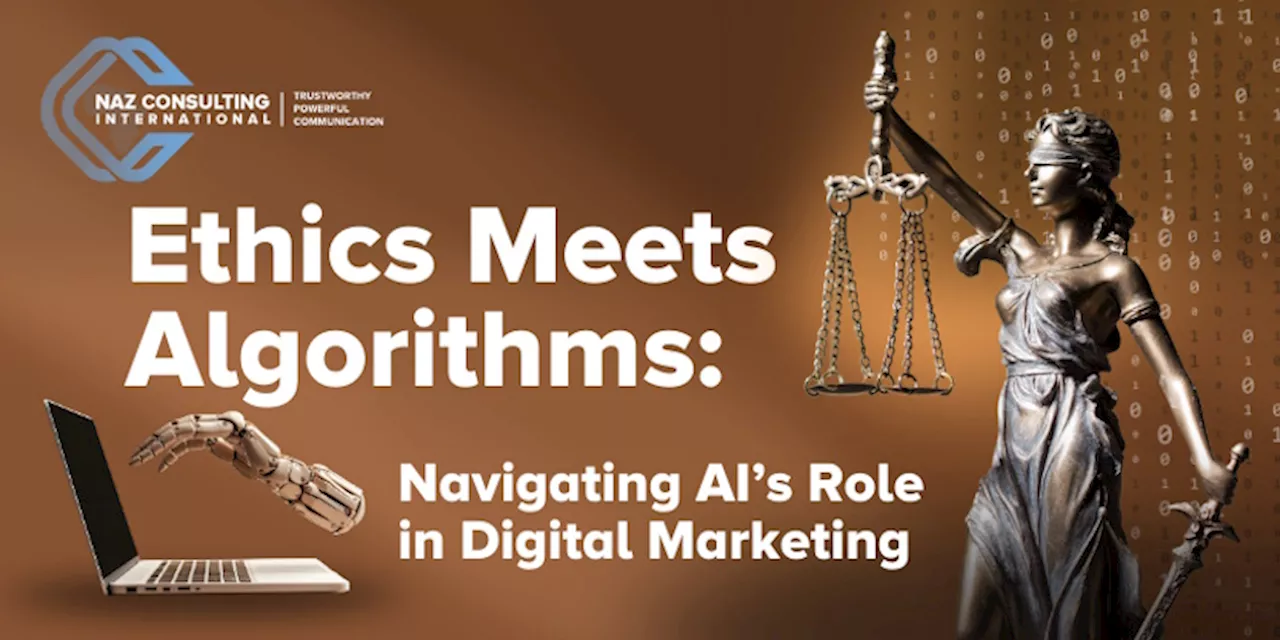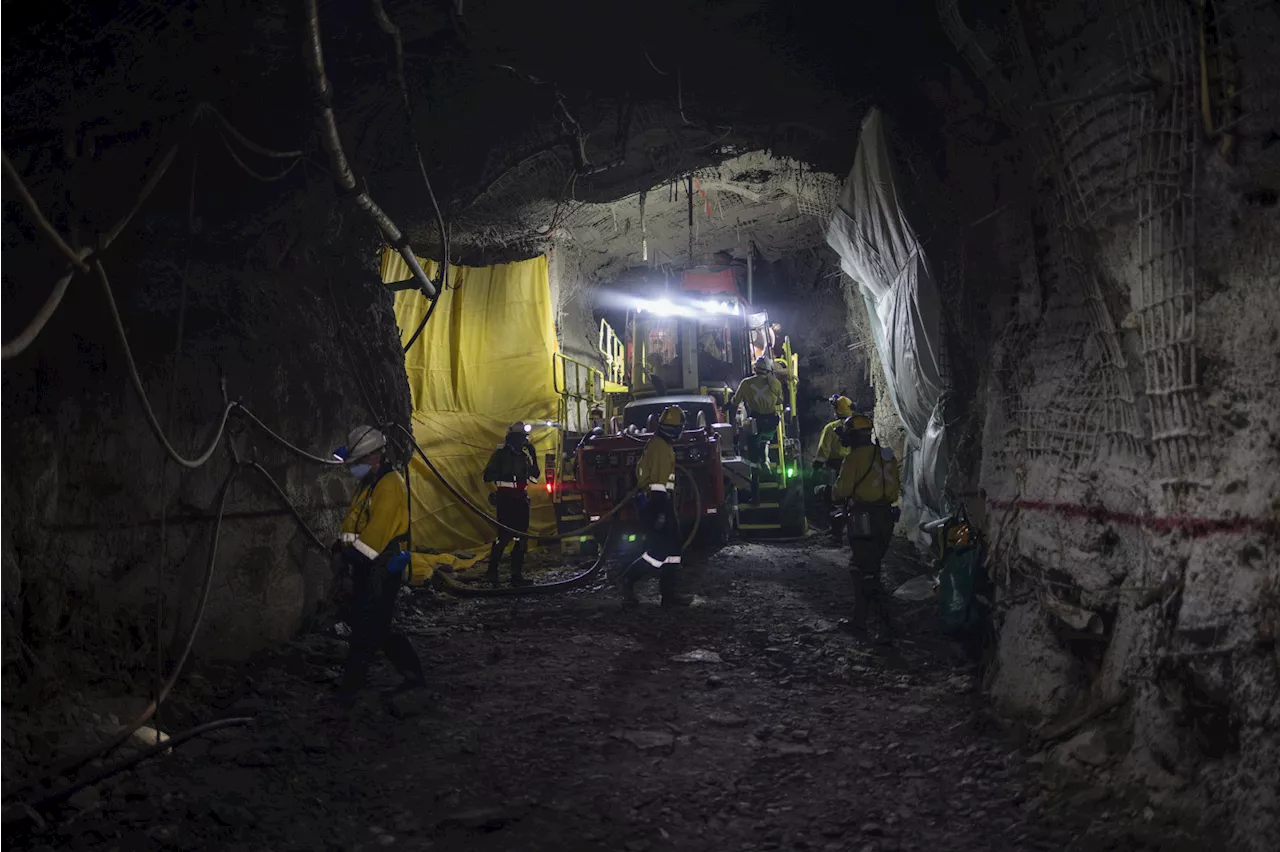This article explores the essential role of storage in AI deployments, highlighting the challenges and considerations for businesses embracing this transformative technology. It delves into the need for scalable, efficient, and user-friendly storage solutions that can keep pace with the demands of AI workloads.
Generative AI is being hailed as a transformative technology with the potential to revolutionize how people live and work. For South African businesses, the prospect of AI is particularly enticing, promising a new era of innovation and efficiency. The AI market in South Africa is projected to experience remarkable growth, reaching nearly $4 billion by 2030 at an annual rate of almost 30%. This surge signifies a paradigm shift towards AI technologies across various sectors in the country.
A crucial aspect of any AI architecture is storage, yet it often receives insufficient attention. Determining the optimal storage environment for enterprise-wide AI adoption is a key consideration. Is there a universal storage architecture suitable for all AI initiatives? How can data storage be simplified for AI purposes? The answers to these questions are multifaceted and depend on the specific needs and priorities of each organization. However, a fundamental truth applies across the board: any AI storage solution must prioritize scale in terms of performance, simplicity, and efficiency, regardless of individual circumstances.For instance, organizations prioritizing the fastest file performance might opt for a distributed, parallel file system paired with a hybrid cloud-capable file and object storage solution. This combination allows them to economically meet their capacity requirements. Other organizations might aim to extend their high-performance computing research environments for AI workloads, addressing high-demand input/output requirements with a smaller footprint and fewer drives. Some organizations may explore utilizing data lakes, leveraging AI to manage the substantial computational demands involved. Finally, certain organizations might simply rely on general-purpose enterprise file storage to store, manage, and curate active unstructured data both on-premises and in the cloud. This approach offers a consistent user experience across data locations, from the edge to the data center and the cloud.As is often the case, a one-size-fits-all solution does not exist, and no single approach will optimally address every AI requirement, maturity stage, and workload. The four primary considerations for AI storage are GPU utilization, scalability, simplicity, and efficiency. When organizations invest significantly in GPU farms, they need to maximize their return on investment by fully utilizing their computational power. Eliminating storage bottlenecks is essential to achieve this goal. If the storage platform cannot keep pace with the processing capabilities of GPUs, resources are wasted. Both code and system setup must be optimized to enhance GPU utilization. Training AI models can take days, weeks, or even months, and wasted GPU cycles further prolong this training process. Under-utilization also translates to lower productivity among data scientists and data engineers and delays in bringing new products to market. Storage must effectively support all stages of AI, including data aggregation, data preparation, model training, model tuning, and inferencing. Your storage architecture must scale to accommodate this journey and the increasing sophistication of models and data volume. Traditional NAS devices will quickly reach a performance ceiling, rendering them unsuitable for most AI environments. Scalability is paramount because in AI, data volume continues to grow exponentially. AI is not a one-time training process; as new data emerges, existing models may require retraining with the new data to improve performance. This necessitates storing not only the current training data but also a substantial amount of historical data, creating a perpetual growth cycle that demands boundless scalability with room for continuous expansion as AI needs evolve
AI Storage Scalability Efficiency GPU Utilization Data Management
South Africa Latest News, South Africa Headlines
Similar News:You can also read news stories similar to this one that we have collected from other news sources.
 From data silos to unified storage: The transformative power of multicloud strategies on file storageWith hybrid and multicloud options, companies can move towards a more cohesive storage set-up.
From data silos to unified storage: The transformative power of multicloud strategies on file storageWith hybrid and multicloud options, companies can move towards a more cohesive storage set-up.
Read more »
 Lost Connection with My BrotherA poignant narrative about family, love, and the complexities of human relationships.
Lost Connection with My BrotherA poignant narrative about family, love, and the complexities of human relationships.
Read more »
 Duduzile Zuma: A South African Politician Navigating Influence, Controversy, and Family LegacyDuduzile Zuma is a prominent South African politician and businesswoman known for her vocal support of her father, former president Jacob Zuma, and her advocacy for social justice. This article delves into her life, political career, controversies, and the impact of her family legacy.
Duduzile Zuma: A South African Politician Navigating Influence, Controversy, and Family LegacyDuduzile Zuma is a prominent South African politician and businesswoman known for her vocal support of her father, former president Jacob Zuma, and her advocacy for social justice. This article delves into her life, political career, controversies, and the impact of her family legacy.
Read more »
 Digital Retail Africa 2025: Navigating the Future of RetailDigital Retail Africa 2025 aims to equip retail professionals with the skills and knowledge to thrive in the evolving retail landscape. The event focuses on digital transformation, customer engagement, and technical innovation, addressing the impact of global e-commerce giants on the African market. Attendees can expect insights on leveraging AI, optimizing operations, and creating seamless customer experiences.
Digital Retail Africa 2025: Navigating the Future of RetailDigital Retail Africa 2025 aims to equip retail professionals with the skills and knowledge to thrive in the evolving retail landscape. The event focuses on digital transformation, customer engagement, and technical innovation, addressing the impact of global e-commerce giants on the African market. Attendees can expect insights on leveraging AI, optimizing operations, and creating seamless customer experiences.
Read more »
 Ethics meets algorithms: Navigating AI’s role in digital marketingA notable example highlighting the risks of unethical AI use is the controversy surrounding AI-generated content that misrepresents individuals or groups.
Ethics meets algorithms: Navigating AI’s role in digital marketingA notable example highlighting the risks of unethical AI use is the controversy surrounding AI-generated content that misrepresents individuals or groups.
Read more »
 Africa's Mining Sector: Navigating a Trifecta of TrendsThe African mining sector is at a crossroads, facing a convergence of global trends that present both opportunities and challenges. This article explores the interplay of Western interest in African resources, the global energy transition, and the African Continental Free Trade Area (AfCFTA), outlining their implications for mining companies, governments, and local communities.
Africa's Mining Sector: Navigating a Trifecta of TrendsThe African mining sector is at a crossroads, facing a convergence of global trends that present both opportunities and challenges. This article explores the interplay of Western interest in African resources, the global energy transition, and the African Continental Free Trade Area (AfCFTA), outlining their implications for mining companies, governments, and local communities.
Read more »
